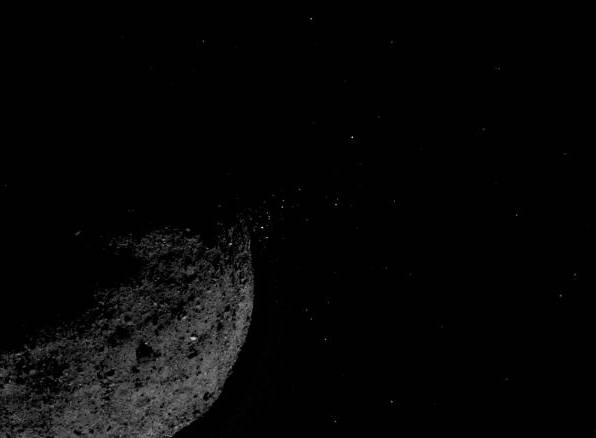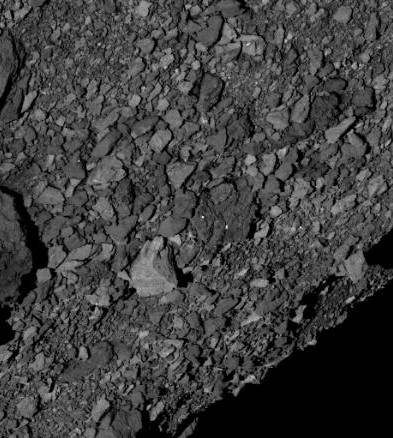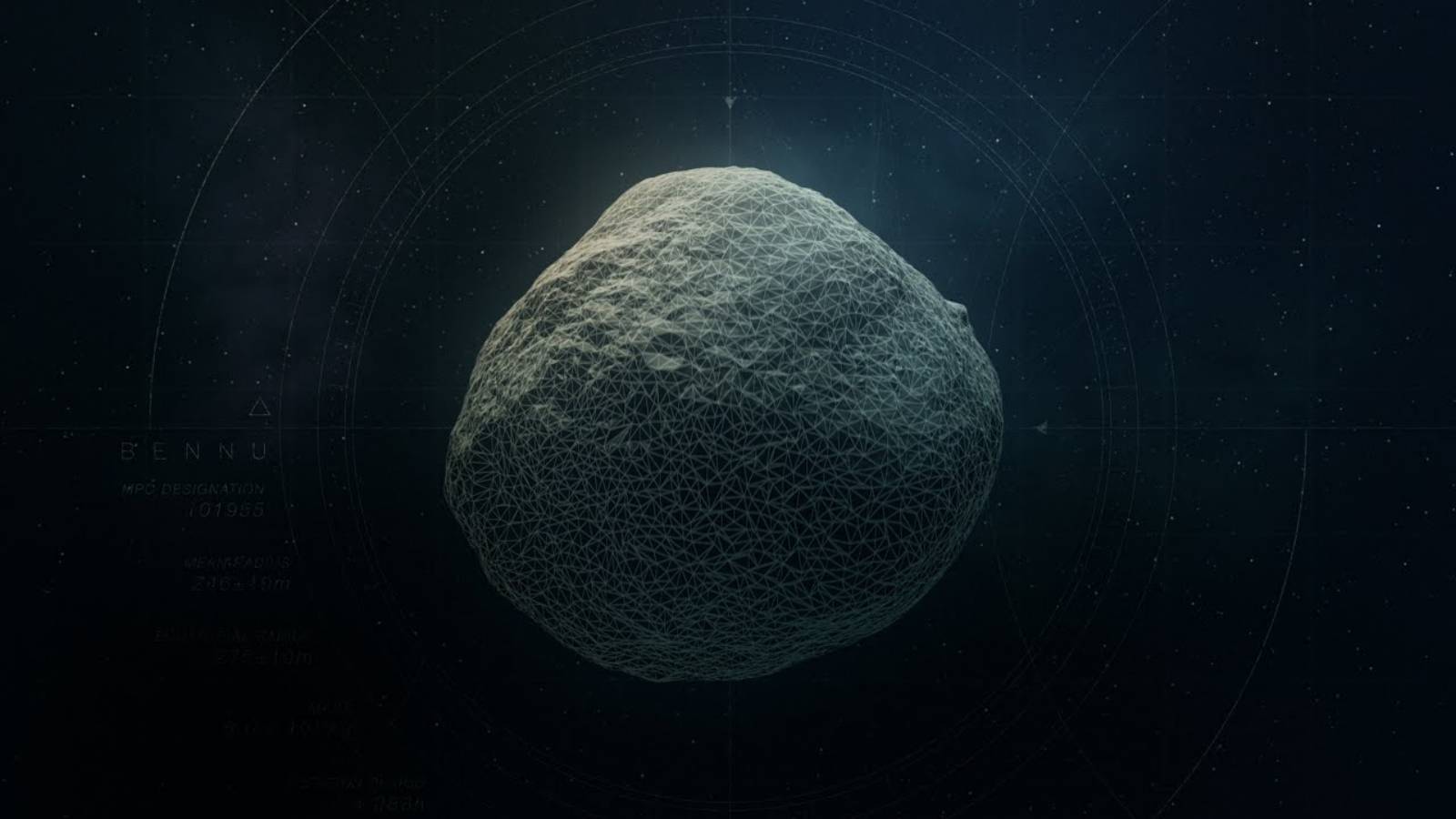NASA face o serie de dezvaluiri foarte importante cu privire la un asteroid care a vizitat recent Pamantul cu foarte mare viteza, si a disparut in univers fara a provoca vreo paguba pentru pamanteni, din fericire. Vorbim despre un asteroid care are denumirea Bennu, acesta trecand pe langa Pamant cam acum un an de zile, insa cei de la NASA au decis abia acum sa faca unele dezvaluiri in legatura cu ceea ce a adus el pentru noi.
NASA a ales sa clasifice acest asteroid ca fiind unul activ, iar asta inseamna ca pe suprafata sa se desfasoara diverse evenimente care in mod normal nu ar trebui sa fie vizibile pe o roca de asemenea tip care calatoreste prin univers. NASA a trimis o nava pentru a orbita acel asteroid in cadrul unei misiuni care a avut denumirea OSIRIX-REx, iar conform datelor primite pana acum, se pare ca acel asteroid e format de fapt din mai multe roci.
NASA anunta Descoperiri INCREDIBILE despre un ASTEROID Important

NASA sustine ca toate aceste roci ar fi tinute imprenua de gravitatie, iar ele formeaza ceea ce de la departare pare a fi un asteroid singular, adica format dintr-o singura roca, insa in realitate e vorba de un grup mult mai complex. Mai neobisnuit decat atat este faptul ca acel asteroid se dezintegreaza incetul cu incetul, diverse parti ale sale fiind eliberate in univers pe masura ce acesta se deplaseaza cu viteza foarte mare, fara vreo tinta anume.

NASA nu a reusit sa descopere de la prima analiza a asteroidului daca exista bucati din el care se dezintegreaza si dispar in univers, insa dupa o verificare mult mai atenta, a ajuns intr-un final si la aceasta concluzie, destul de normala de altfel. Avand in vedere aceasta descoperire, NASA a clasificat Bennu ca fiind un asteroid activ care pierde in spatiul cosmic bucati din rocile care il compun, probabil pentru ca intr-un final ele sa se desparta.
NASA a reusit pentru prima oara sa faca o observatie de acest gen pentru un asteroid, si in general se intampla foarte rar sa vada roci din univers care sa aiba un asemenea comportament, astfel ca vorbim despre o situatie foarte interesanta pentru toata lumea.






















